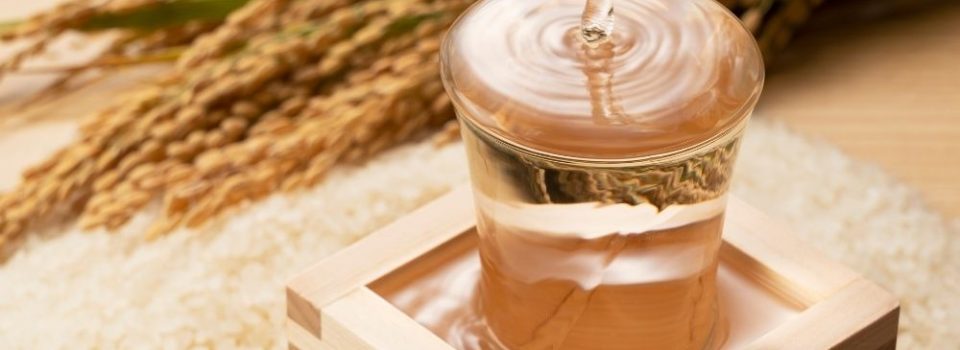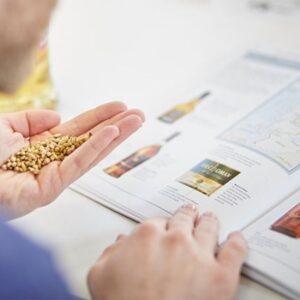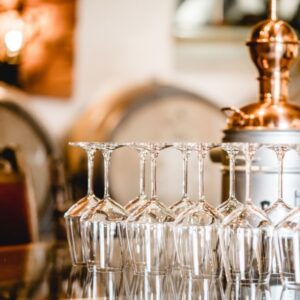Long overlooked outside Japan or mistaken for a simple “rice wine,” Japanese sake is now experiencing a remarkable global renaissance.
Regarded as a sacred, artisanal, and refined beverage, sake is winning over sommeliers, chefs, mixologists, and lovers of fermented drinks worldwide. It now features on the menus of top restaurants, in dedicated sake bars, and even within the WSET Sake courses.
But how much do you really know about sake?
Did you know it’s brewed, not distilled? That it has a complex classification system comparable to that of wine? That it can be enjoyed hot or cold, and pairs beautifully with French cuisine?
To understand sake is to dive into a world of delicate aromas, centuries-old techniques, diverse terroirs, and subtle distinctions. It’s about learning to taste differently, pair creatively, and think in terms of balance and umami.
In this article, we’ll take you on a complete journey: from production methods to sake styles, from tasting tips to food pairings, and finally, we’ll explore how WSET Sake courses can take your knowledge to the next level.
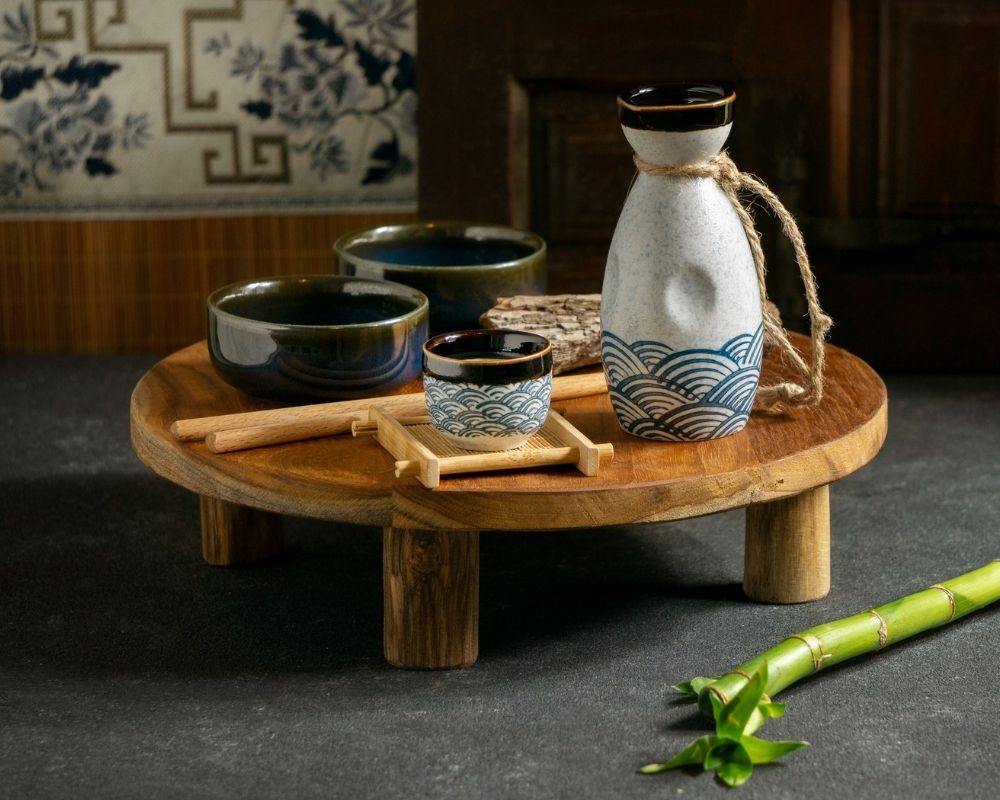
1. What is Japanese Sake? A Sacred Drink with Millennia of Tradition
Neither Wine Nor Beer… But a World of Its Own
Contrary to popular belief, Japanese sake is neither wine nor a distilled spirit. It’s a fermented beverage, more akin to the brewing process of beer but with the aromatic finesse and complexity of wine.
Sake is made from polished rice, water, koji (a microscopic fungus that converts starch into sugar), and yeast. This two-step brewing process (saccharification + fermentation) gives it its unique character.
Its alcohol content generally ranges between 13% and 16%, though undiluted “genshu” sake can reach higher levels.
A Deeply Japanese Product
Japanese sake (or “nihonshu” as it’s called in Japan) is much more than just a drink: it is a cultural symbol, a social ritual, and a spiritual link.
It is associated with Shinto festivals, weddings, and rite-of-passage ceremonies. It is consumed to honor the gods, celebrate the seasons, and strengthen human bonds. But beyond the ritual, sake is also a product of Japanese terroir: the quality of the water, the type of rice used, the yeast, and even the climate strongly influence the final product.
A Demanding Craft: A Balance of Science and Sensitivity
Making Japanese sake is an art. It requires precision, time, and an intimate knowledge of the living ingredients.
The rice must be polished to remove part of its husk (proteins and fats), leaving only the heart of the starch. The more the rice is polished (sometimes up to 35%!), the finer and more aromatic the sake becomes.
The master brewer, known as a toji, oversees each step of the process, often by hand, with constant attention to temperature, humidity, and the aromas that develop.
The result? A versatile, delicate, and expressive drink that can elevate a variety of dishes… and even surprise the most discerning palates.
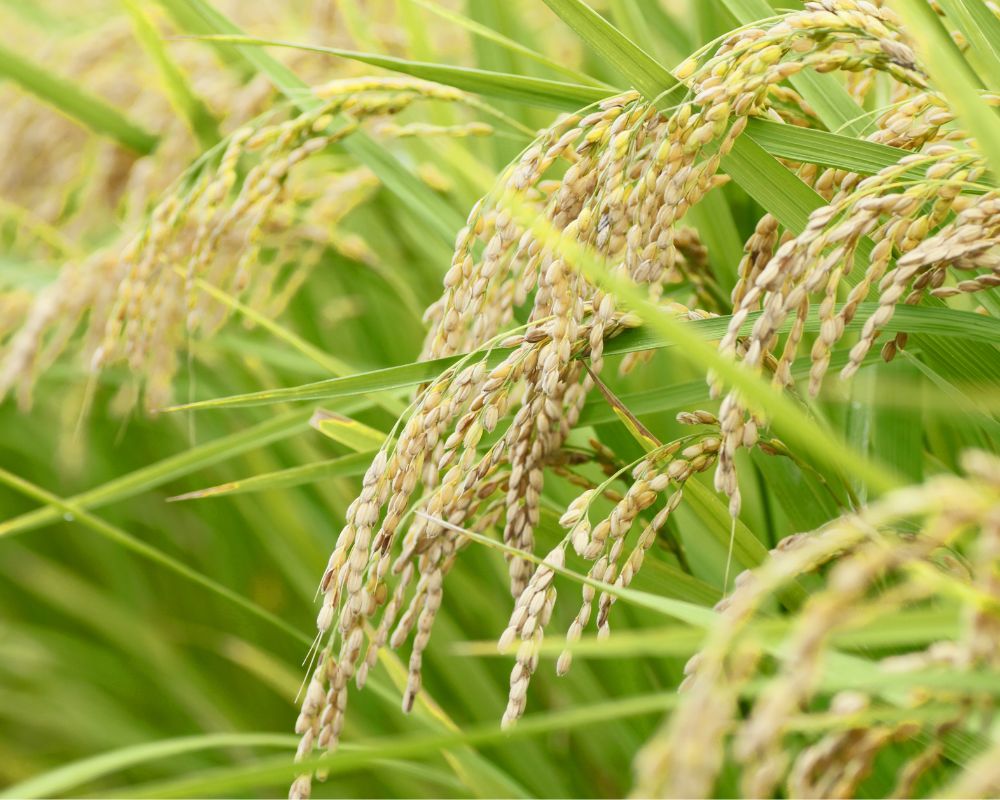
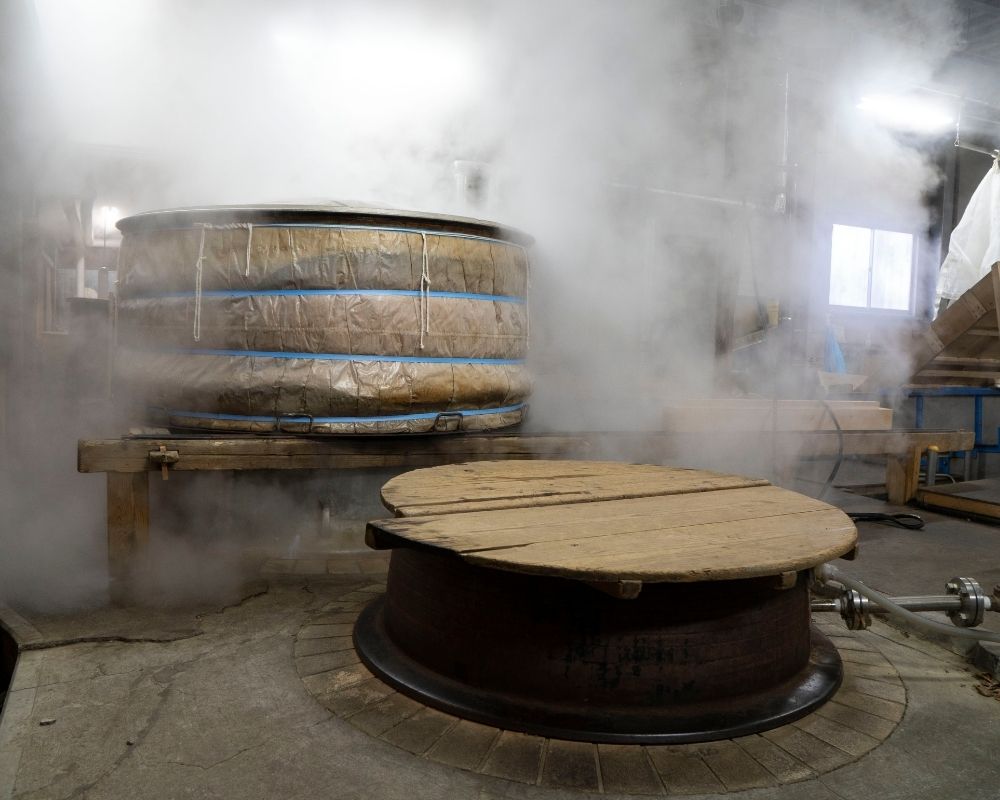
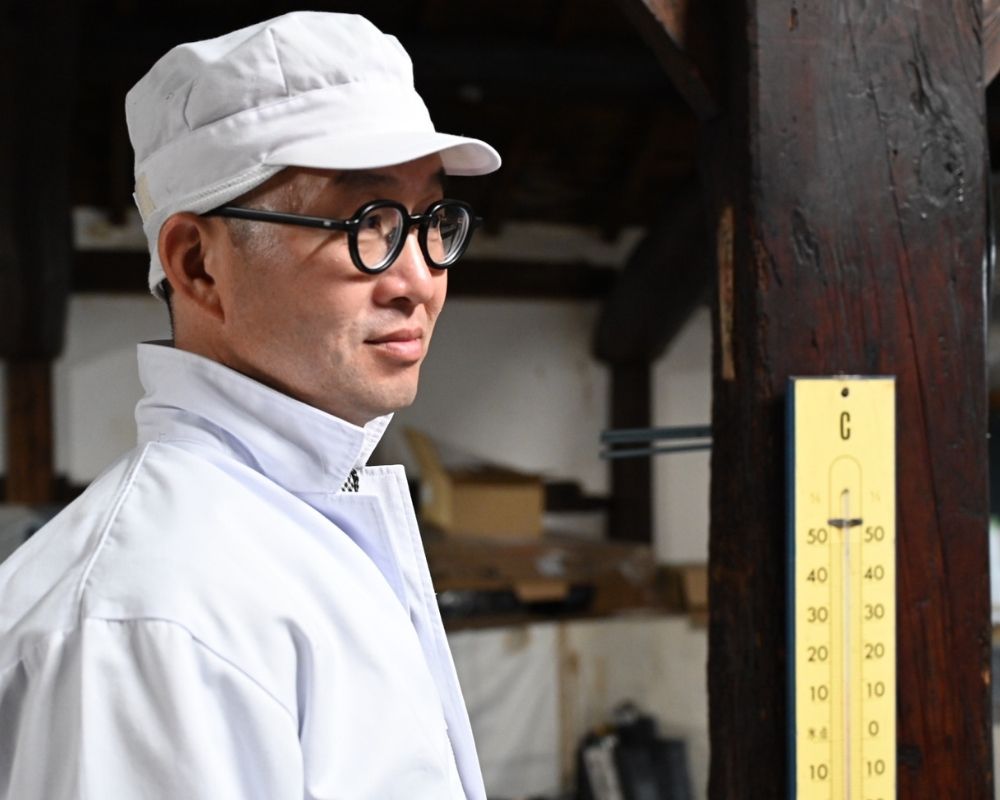
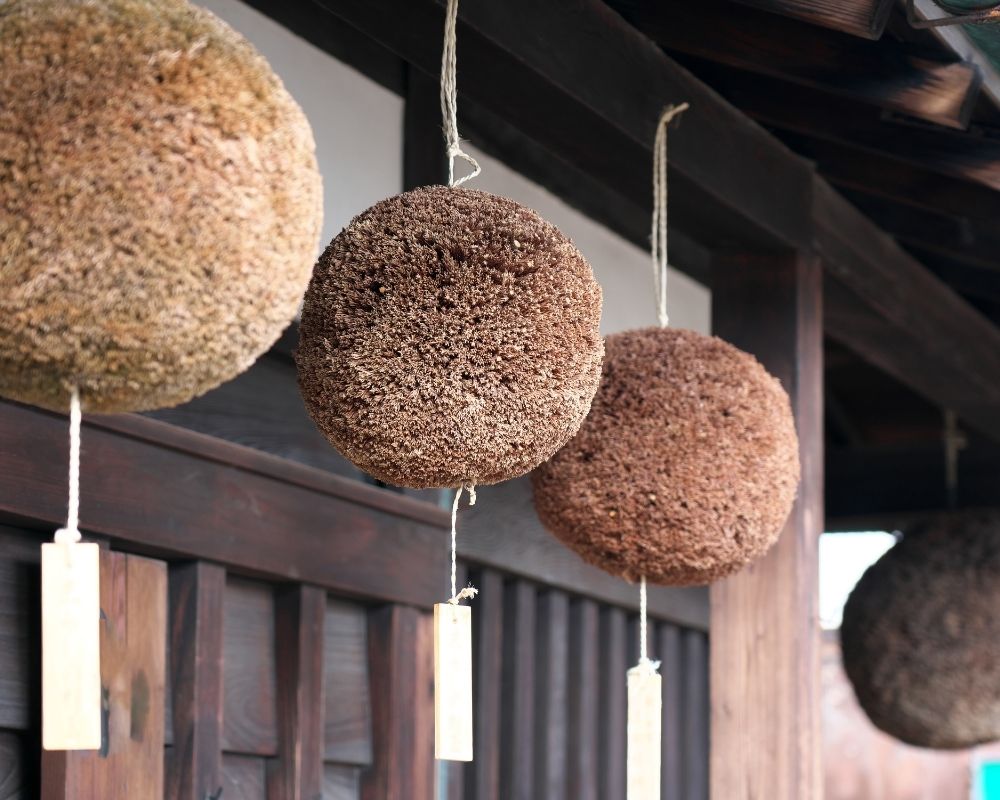
2. How is Japanese Sake Made
A Precise Process Between Tradition and Innovation
Step 1: Choosing and Polishing the Rice
It all starts with rice — but not just any rice. Specific varieties known as shuzo kotekimai are used, specially cultivated for sake production. These rice types have a heart rich in starch and low in proteins.
The rice is then polished to remove the outer layers. The more it is polished, the finer and more delicate the sake will be. This is expressed by the polishing ratio (seimaibuai):
- 70%: standard sake (junmai)
- 60%: more refined sake (ginjo)
- 50% or less: premium sake (daiginjo)
The less rice remains after polishing, the more complex the work becomes, and the more aromatic the result.
Step 2: Washing, Soaking, and Steaming
The polished rice is washed, soaked (to adjust humidity), and then steamed. This precise steaming process prepares the grains for the action of the fermenting agents.
Step 3: Inoculation with Koji
A portion of the steamed rice is inoculated with koji-kin (Aspergillus oryzae), a sacred fungus in Japanese culture.The koji transforms the rice starch into fermentable sugars. This step is crucial: the quality of the koji directly influences the sake’s aromas, texture, and depth.
Step 4: Parallel Multiple Fermentation
This is where Japanese sake stands out from other spirits.
Sake fermentation follows a unique process: parallel multiple fermentation (heiko fukuhakkō). While the koji converts starch into sugar, yeast transforms this sugar into alcohol — all at the same time, in the same tank.
This method allows for a high alcohol content without distillation. Fermentation lasts about 3 to 5 weeks under carefully controlled temperature conditions.
Step 5: Pressing, Filtration, and Pasteurization
Once fermentation is complete, the liquid is pressed to separate the sake from the rice lees (kasu). It is then:
- Filtered (more or less finely depending on the style),
- Sometimes pasteurized (or not, in the case of namazake styles),
- Left to rest in tanks for several months to refine the aromas.
It can then be diluted with water (except in the case of genshu) to reach the desired alcohol level and bottled.
The Result?
A silky-textured drink with subtle aromas of fruit, flowers, cooked rice, or roasted grains — that can be served chilled, at room temperature, or slightly warmed, depending on the style and occasion.
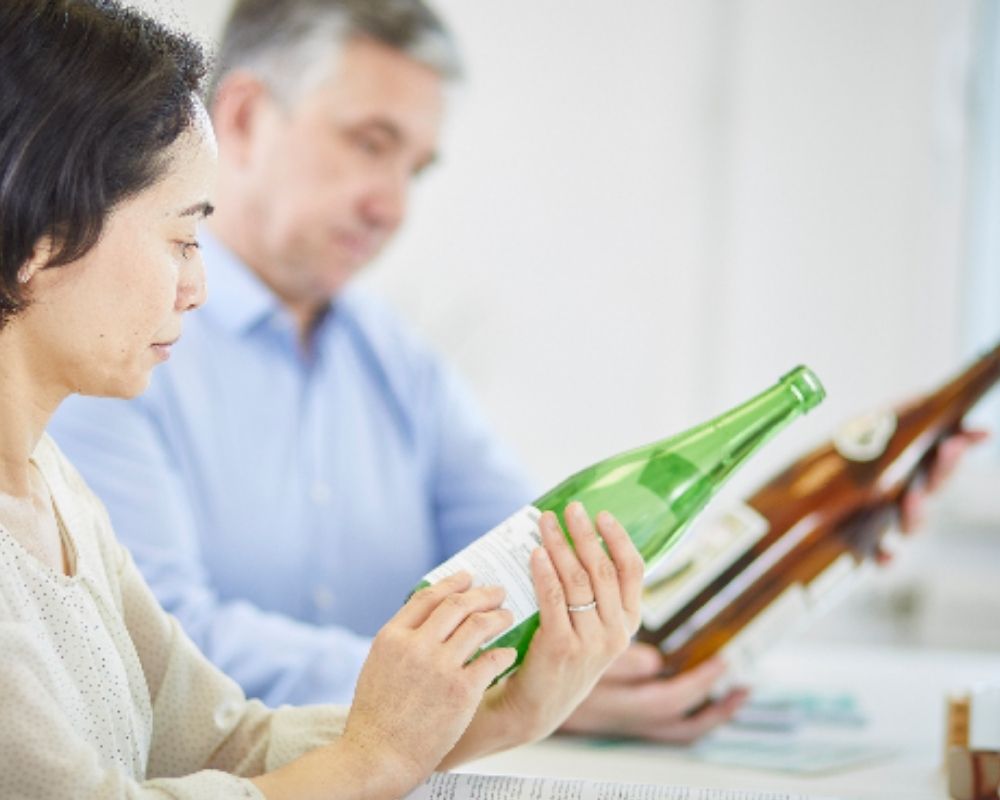
3. The Different Styles of Japanese Sake (And How to Recognize Them)
Not all sake is the same.
Their taste, texture, and usage depend on various factors: polishing ratio, added alcohol or not, pasteurization, and production methods…
Here’s a clear guide to understanding the main types of Japanese sake and how to recognize them.
🍶 Junmai-shu (純米酒) — “Pure Rice” Sake
Polishing Ratio: ≤ 70%
Particularity: No added alcohol
Profile: Rich, umami, round, sometimes bold
Pairings: Stews, white meats, rice
This traditional sake emphasizes the flavor of rice. It can be served hot or at room temperature, depending on the style.
🍶 Honjozo-shu (本醸造酒) — Light and Dry Sake
Polishing Ratio: ≤ 70%
Particularity: A little alcohol added to lighten the profile
Profile: Dry, clean, easy-drinking
Pairings: Grilled fish, everyday dishes
Ideal for beginners. The added alcohol enhances the aromas and makes the finish drier.
🍶 Ginjo-shu (吟醸酒) — Aromatic Sake
Polishing Ratio: ≤ 60%
Particularity: Fermented at low temperatures for a refined profile
Profile: Fruity, floral, elegant
Pairings: Sashimi, salads, appetizers
Ginjo sake offers aromas of melon, apple, pear, and banana. Best served chilled, in a wine glass.
🍶 Daiginjo-shu (大吟醸酒) — Premium Sake
Polishing Ratio: ≤ 50%
Particularity: Extremely fine craftsmanship
Profile: Very pure, refined, complex
Pairings: Pure tasting, gourmet cuisine, delicate dishes
This is the crème de la crème of artisanal sake. Sip slowly, like a fine white wine.
🍶 Namazake (生酒) — Unpasteurized Sake
Particularity: Unpasteurized, should be kept chilled
Profile: Crisp, fresh, explosive, sometimes slightly sparkling
Pairings: Raw dishes, crunchy vegetables, fusion cuisine
Namazake is lively and bold. A surprising discovery for natural wine or craft beer enthusiasts.
🍶 Nigori-zake (濁り酒) — Cloudy Sake
Particularity: Coarsely filtered (with rice particles)
Profile: Sweet, creamy, often slightly sugary
Pairings: Desserts, spicy dishes, Korean or Thai cuisine
This visually milky sake appeals to both beginners and the curious. Best served chilled and well-shaken.
🍶 Koshu (古酒) — Aged Sake
Particularity: Aged for several years in bottle or tank
Profile: Powerful, oxidative, with nutty, mushroom, caramel notes
Pairings: Aged cheeses, umami dishes, foie gras
Rare, it offers a unique tasting experience. A must-try to expand your palate.
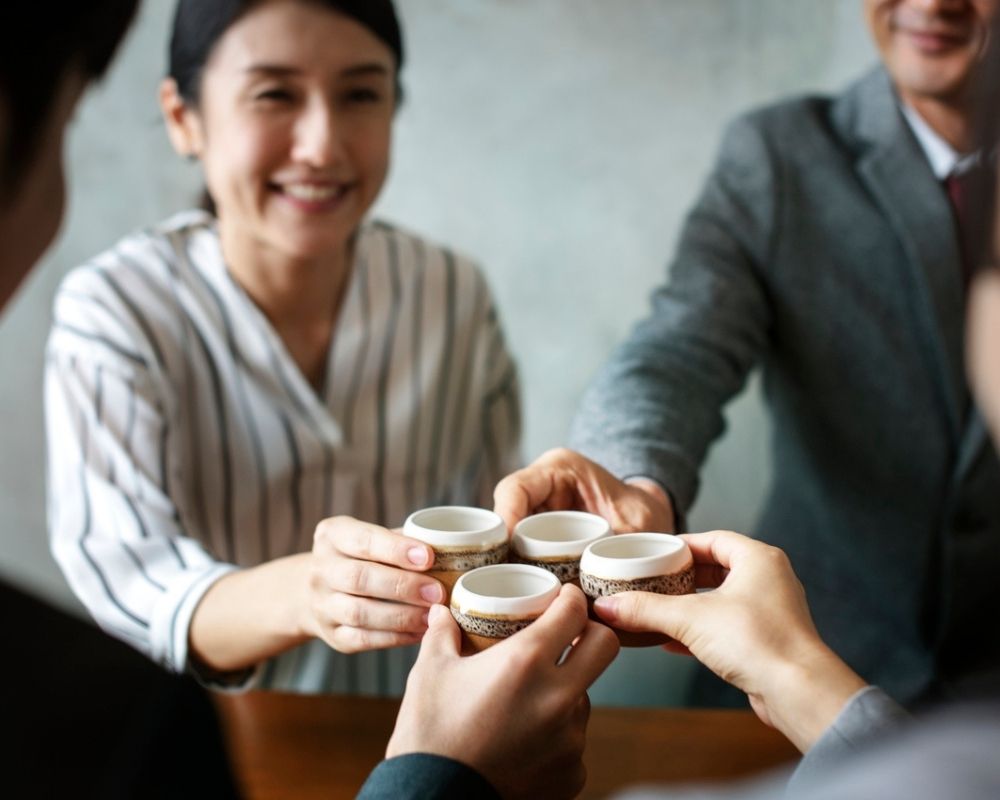
4. How to Properly Taste Japanese Sake?
Tasting sake is not just “drinking rice” — it’s about exploring a subtle world of textures, temperatures, aromas, and emotions. Like a fine wine or whiskey, every Japanese sake deserves real attention.
Here are 5 steps to learn how to savor it like a pro.
1. Choose the Right Glass (Depending on the Style)
- White wine glass: Ideal for aromatic sakes (ginjo, daiginjo), as it concentrates the aromas.
- Ceramic cup or ochoko: For rounder or heated sakes (junmai, honjozo).
- Tulip glass or grappa glass: Perfect for aged sakes (koshu).
The type of glassware completely changes the experience.
2. Observe the Appearance
Gently tilt the glass and observe the color:
- Young sake: Transparent, slightly silver
- Unfiltered sake (nigori): Milky white
- Aged sake: Amber, golden, sometimes coppery
A cloudy or overly dark sake (except for koshu) might indicate a flaw.
3. Breathe in the Aromas… With Finesse
Inhale gently, in small sips.
- Don’t plunge your nose too deeply (the alcohol may mask the subtle aromas)
- Identify the notes: cooked rice, white fruits, flowers, nuts, mushrooms, yeast…
High-quality sakes often reveal aromas as nuanced as a great wine.
4. Taste with Attention
Take a small sip and roll it around your mouth:
- The attack: Sweet? Lively? Sugary?
- The texture: Smooth? Creamy? Velvety?
- The aftertaste: Lingering? Salty? Umami?
A good sake reveals a beautiful balance between sweetness, acidity, and umami.
5. Test Different Temperatures
Sake can be served cold, at room temperature, or warm, depending on the style:
- Aromatic sake (ginjo, daiginjo): Serve chilled (8-12°C) to preserve its finesse
- Traditional sake (junmai, honjozo): Serve slightly warm or hot (40-50°C) depending on the season
- Koshu or nigori: Adjust based on preference
Some bottles reveal more umami or roundness when warmed — an art to master.
For more information on tasting Japanese sake, we share the WSET systematic approach to sake tasting.

5. The Best Pairings with Japanese Sake: Finesse, Umami, and Surprises
Japanese sake is a master of food and drink pairings, often more versatile than wine. With its low acidity, natural sweetness, and rich umami, it enhances not only Japanese dishes but also French or vegetarian cuisine.
Here are some pairing ideas to bring out its full potential.
Ginjo & Daiginjo
Profile: Delicate, floral, fruity, elegant
Serve: Chilled, between 8-12°C
Ideal Pairings:
- White fish sashimi or scallop carpaccio
- Sea bream tartare, lime ceviche
- Fresh goat cheese or mozzarella
- Citrus or fennel salad
Why it works: These delicate sakes highlight fine, seafood-based dishes without overpowering them. Elegance meets lightness.
Junmai & Honjozo
Profile: Drier, fuller, cereal, umami, sometimes served warm
Serve: At room temperature or warm (40-50°C)
Ideal Pairings:
- Yakitori, lacquered pork, grilled meats
- Mushrooms, risotto, truffle dishes
- Baked eggs, Japanese omelette (tamagoyaki)
- Stews or hearty dishes (beef bourguignon, pot-au-feu)
Why it works: Junmai sake pairs perfectly with dishes rich in umami. When served warm, it enhances earthy flavors and envelops comforting dishes.
Aged Sake (Koshu)
Profile: Amber, oxidative, powerful, with nutty, spice notes
Serve: At room temperature or slightly chilled
Ideal Pairings:
- Foie gras, duck terrine
- Aged cheeses: comté, parmesan, stilton
- Hazelnut, caramel, or fig desserts
- Sweet-and-salty cuisine, like prunes or orange dishes
Why it works: Aged sake offers complex aromas reminiscent of fortified or oxidative wines. It’s perfect for bold dishes or gourmet experiences.
Nigori Sake (Unfiltered)
Profile: Milky, sweet, thick texture, low alcohol
Serve: Chilled
Ideal Pairings:
- Coconut or tropical fruit desserts
- Apple or pear crumble
- Soft blue cheese (gorgonzola, blue de Bresse)
- Mildly spicy dishes (Thai, mild Indian)
Why it works: Its creaminess softens spicy or sweet dishes while providing an interesting texture contrast.
Bonus Tip:
Sake doesn’t “saturate” the palate like some wines. This makes it a great companion for an entire meal, from appetizer to dessert, switching styles with each course.
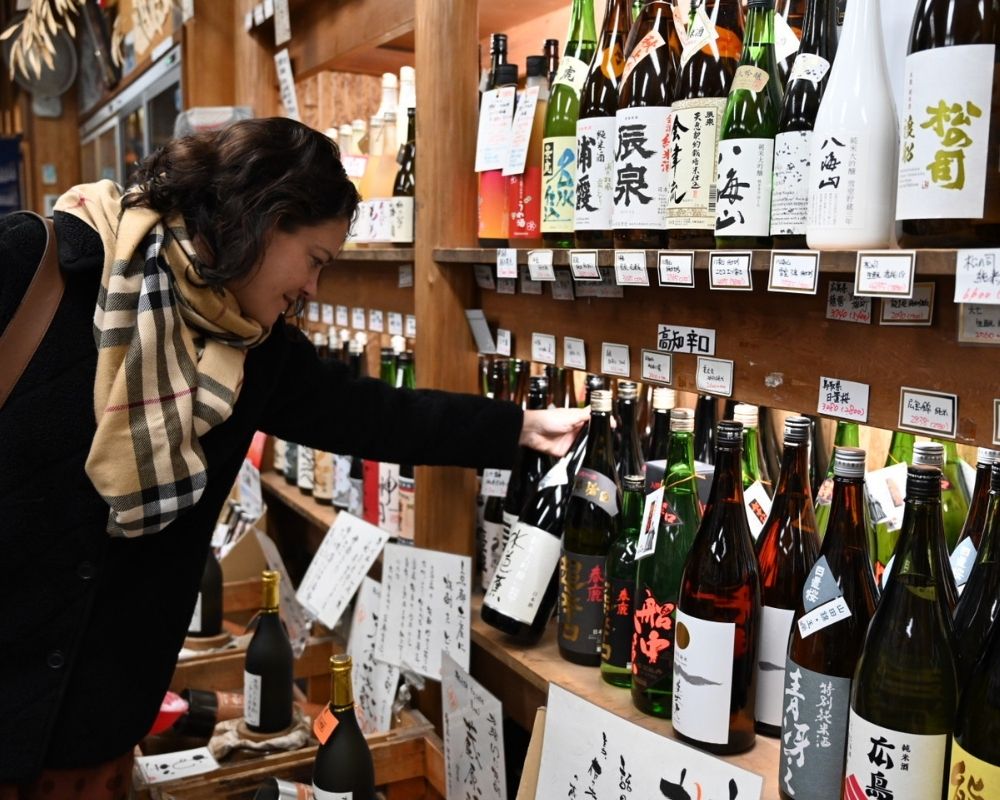
6. How to Choose the Right Japanese Sake?
5 Key Elements to Never Make a Mistake Again
On the shelves or on a menu, all sakes may look similar… at first glance. But behind each bottle lies a world of nuances.
Here are 5 essential elements to consider to make an informed choice tailored to your tastes.
1. Understand the Main Categories: Junmai, Honjozo, Ginjo, Daiginjo…
The first thing to look at is the rice polishing ratio (seimaibuai): the higher it is, the lighter, finer, and more aromatic the sake will be.
- Daiginjo / Junmai Daiginjo: Very polished rice (>50%), elegant, floral, complex sake
- Ginjo / Junmai Ginjo: Rice polished to 60%, fruity, expressive sake
- Honjozo: Rice polished to 70%, light, dry sake, often served warm
- Junmai: No added alcohol, rounder, fuller profile
If you enjoy aromatic white wines or fine sakes as an aperitif, choose a Ginjo or Daiginjo. For a sake that pairs with food or can be served warm, opt for Junmai or Honjozo.
2. Check if it’s a “Junmai” Sake or Not
The term Junmai means no distilled alcohol has been added. The sake is made entirely from rice, water, koji, and yeast.
- Junmai = a purer, umami flavor, sometimes bolder
- Without “Junmai” = minimal added distilled alcohol to lighten and stabilize the sake (often in Ginjo or Honjozo)
It’s not a matter of quality, but of style.
3. Check the Bottling Date
Sake is sensitive to time and light. It is typically consumed young (within 12-18 months of bottling), except for aged sakes (Koshu).
Look for a recent bottling date and avoid bottles that have been poorly stored (near a heat source or exposed to light).
4. Choose Renowned Producers
Some Japanese sake producers are recognized for their excellence, transparency, and consistency:
- Dassai (Yamaguchi) – known for modern, precise Daiginjo
- Tedorigawa (Ishikawa) – elegant, complex sakes
- Urakasumi (Miyagi) – balanced and traditional
- Kokuryu (Fukui) – refined, sometimes surprising sakes
- Tamagawa (Kyoto) – powerful and atypical profiles
Producers often list their methods (polishing, fermentation, yeast used) — a good sign of seriousness!
5. Read… or Ask for Advice!
Some labels may be technical or written in Japanese. If you’re new to sake, rely on:
- Service temperature indications
- Keywords like “fruity,” “rich,” “dry,” “complex”
- Or ask for advice from a specialized sake retailer.
And don’t forget: the best sake is the one you like, not the one with the most complicated name!
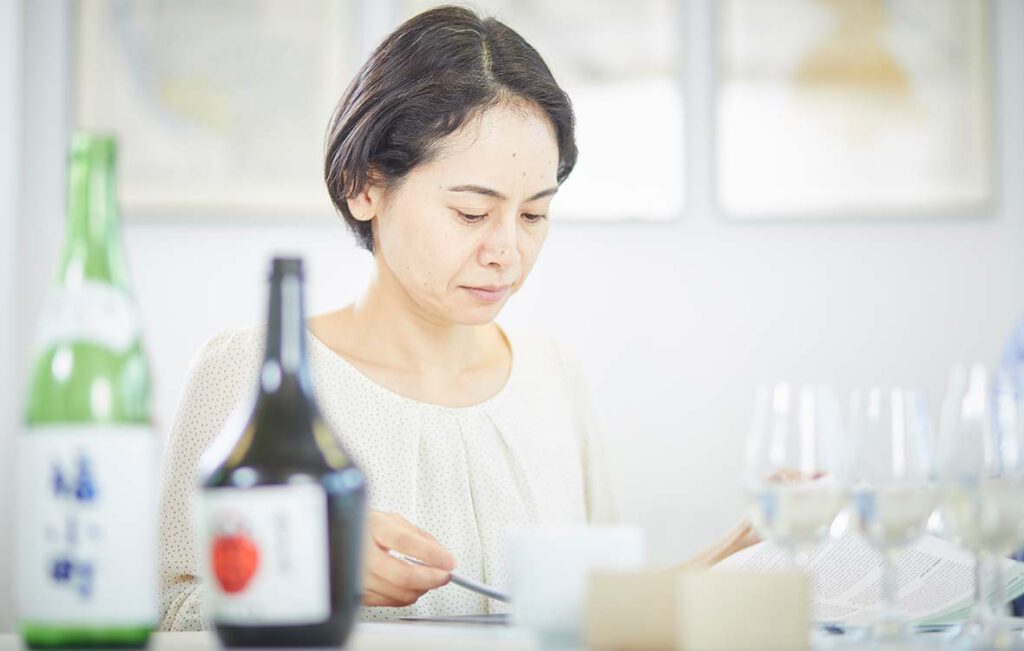
Why Take the WSET Sake Course at Weeno?
An Excellent, Accessible, and Internationally Recognized Training
An Excellent, Accessible, and Internationally Recognized Training
At Weeno, we don’t just teach you how to taste sake.
We provide you with the tools to understand, explain, and share the richness of this still largely unknown Japanese drink — whether you’re a passionate enthusiast, a professional in transition, or already active in the world of wine or spirits.
Here’s what makes our approach unique:
1. A Structured and Internationally Recognized Method
The WSET Sake course is much more than just a class:
It’s an official certification, recognized in over 70 countries, that teaches you a rigorous methodology to:
- Identify sake styles, aromas, and profiles
- Understand the production steps and their sensory impacts
- Advise, pair, serve, and promote sake in a professional setting
You no longer taste at random, you analyze with precision.
2. Clear, Supportive, and Passionate Pedagogy
At Weeno, our trainers are expert educators who make each concept clear, even if you’re starting from scratch.
We focus on a teaching approach that is:
- Progressive (you understand step by step)
- Interactive (with guided tastings and visual aids)
- Grounded in real-world application (what you learn, you can use immediately)
3. Immersion in Sake Culture — Beyond the Technique
Sake is also a cultural heritage, a thousand-year-old history, and a way of life.
With Weeno, you also explore:
- The connection between sake and Japanese cuisine
- Global sake trends (France, Europe, USA…)
- The key points to advising a curious customer — or creating an innovative sake list for restaurants, cocktail bars, or specialized wine shops
4. Flexible Formats That Suit Your Pace
Our courses are available:
- In-person in Paris and Marseille
- Online, so you can learn at your own pace from home
- With the option to take the exam in French or English (depending on your level or professional goals)
Several sessions per year – registrations open a few months in advance.
5. A Passionate Community (and Real Career Opportunities)
Taking the WSET course at Weeno also means:
- Joining a community of alumni active in wine, spirits, hospitality, or event management
- Accessing professional contacts and opportunities in a growing sector
- Connecting with inspiring trainers who know the industry and provide real support
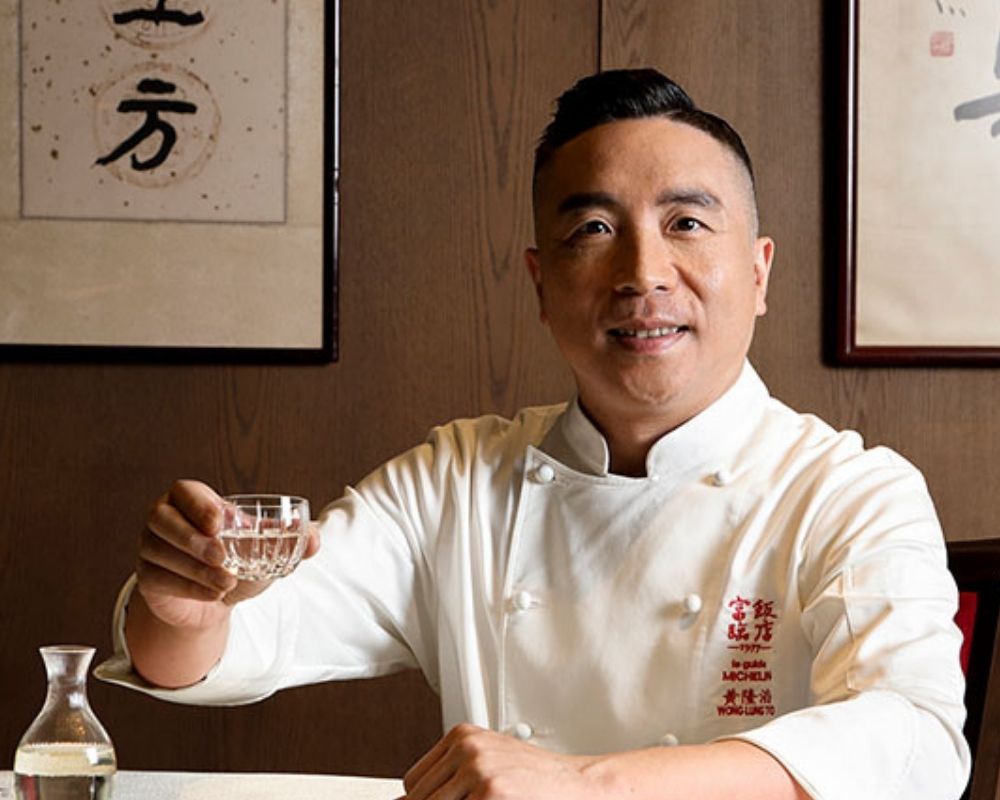
Japanese Sake: A World to Explore, An Expertise to Share
Japanese sake is not just a “rice wine.”
It’s a beverage deeply rooted in history, traditions, and the Japanese terroir — as complex as a fine wine, as nuanced as a vintage whiskey.
Today, whether you’re a sommelier, wine merchant, restaurateur, Japanese culture enthusiast, or transitioning professional, understanding sake is a true asset.
Learning how to distinguish a Junmai from a Honjozo, pairing a floral sake with French dishes, advising a curious customer in your wine cellar or restaurant… All of this can be learned, step by step, with the WSET Sake course.
And at Weeno, we’re here to help you turn this discovery into a professional skill:
- A clear, rigorous, and accessible method
- Passionate and experienced trainers
- Tailored support, online or in-person
- An internationally recognized certification
Ready to dive deep into Japanese sake and earn a valuable certification to boost your career or project?
Join our next WSET Sake session at weenodrinksacademy.com.
